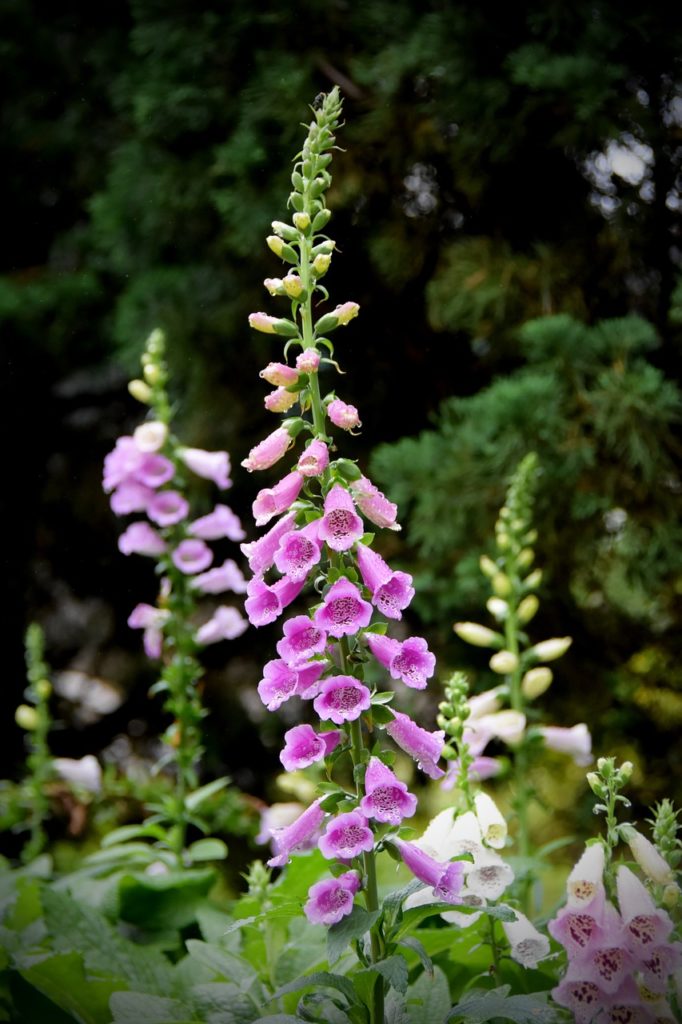Most outdoor adventures come with the excitement of exploring nature, but it’s crucial to be aware of potential dangers, especially when it comes to identifying poisonous plants while camping. Teaching kids how to recognize harmful foliage is imperative for a safe and enjoyable outdoor experience. In this guide, we will provide you with valuable information on how to easily identify common poisonous plants, tips on what to do if contact occurs, and ways to educate children about plant safety while exploring the great outdoors.
Understanding Poisonous Plants
Types of Poisonous Plants Commonly Found While Camping
While exploring the great outdoors, it is crucial for kids to be able to identify common poisonous plants to avoid accidental exposure. Some of the most common poisonous plants found while camping include poison ivy, poison oak, poison sumac, oleander, and foxglove. It is important to familiarize children with these plants and teach them to steer clear of any unfamiliar foliage.
| Poisonous Plants | Description |
|---|---|
| Poison Ivy | Leaves of three, let it be. Causes an itchy rash. |
| Poison Oak | Similar to poison ivy, grows in clusters of three leaves. |
| Poison Sumac | Has smooth red stems and causes severe skin irritation. |
| Oleander | A flowering shrub with toxic leaves and flowers. |
| Foxglove | A plant with bell-shaped flowers that are highly poisonous if ingested. |
Factors Influencing Plant Toxicity
Some plants are more toxic than others, and several factors can influence the level of toxicity in a plant. Factors such as the part of the plant consumed, the season, the age of the plant, the plant’s growing conditions, and the individual’s sensitivity to the plant can all play a role in determining how harmful a plant may be if ingested.
- Know the part of the plant that is toxic, whether it is the leaves, berries, or roots.
- Understand that the toxicity of certain plants may vary depending on the time of year.
- Consider that younger plants may be more toxic than mature ones.
- Be aware that environmental factors like soil quality and sunlight can affect plant toxicity.
- Remember that some individuals may have a higher sensitivity or allergy to certain plants.
Assume that any unfamiliar plant could be poisonous and should not be touched or ingested without adult supervision. By educating children about the potential dangers of poisonous plants and teaching them to recognize warning signs in nature, you can help ensure a safe and enjoyable camping experience.
Safety Tips for Kids While Exploring Nature
Not all plants are safe to touch or ingest while exploring nature. It is crucial to educate kids on how to identify and avoid poisonous plants to prevent any accidents. Recall, safety is the top priority when venturing into the great outdoors.
- Teach kids to stay on marked trails and avoid wandering off into dense vegetation.
- Show them pictures or examples of common poisonous plants to watch out for.
- Encourage children to never touch or consume any plant unless supervised by an adult.
Knowing how to recognize and steer clear of harmful plants can make all the difference in staying safe while exploring the wilderness. Though it may seem like a daunting task, with the right knowledge and precautions, kids can have a fun and secure experience in nature.
Tips to Prevent Accidental Poisoning
Exploring the outdoors can be an exciting adventure for kids, but it’s vital to take precautions to prevent accidental poisoning. Teach kids the following tips to ensure a safe exploration:
- Avoid touching or consuming any plant unless you are certain it is safe to do so.
- Learn to identify common poisonous plants in your area, such as poison ivy or poison oak.
- If in doubt, always consult an adult or a park ranger for guidance.
Thoroughly inspect any plants before touching them to prevent accidental poisoning. Recall, prevention is the key to a safe and enjoyable outdoor experience.
Safety Measures When Poisonous Plants Are Identified
If a child identifies a poisonous plant while exploring nature, it is crucial to take immediate action to prevent any mishaps. Teach kids the following safety measures to follow:
- Warn others in the group about the identified plant to prevent anyone else from coming into contact with it.
- Make sure to thoroughly wash hands with soap and water after touching any plant that may be harmful.
- Seek medical attention if there is any sign of skin irritation or allergic reaction after contact with a poisonous plant.
Test your knowledge of poisonous plants and be prepared to act swiftly to ensure the safety of everyone in your group.
Step-by-Step Guide to Dealing with Poisonous Plant Exposure
| Steps to Take Immediately After Contact | Steps for Long-Term Management |
Steps to Take Immediately After Contact
On encountering a poisonous plant, it is crucial to act swiftly. Immediately rinse the affected area with cool water to prevent further spread of the irritant. Avoid rubbing the area, as this can exacerbate the reaction. If possible, remove any contaminated clothing and wash the skin with mild soap. Seek medical attention if symptoms persist or worsen.
Steps for Long-Term Management
Seek professional medical advice for long-term management of symptoms resulting from poisonous plant exposure. Plant identification is key in preventing future encounters. Educate yourself and your child on the characteristics of poisonous plants to avoid them in the future. Additionally, maintain a first aid kit specifically stocked for outdoor excursions, including items for treating skin irritations caused by plants.
Pros and Cons of Teaching Kids About Poisonous Plants
| Pros of Plant Safety Education | Cons and Challenges |
| Empowers kids to identify and avoid dangerous plants | May cause unnecessary fear or anxiety in some children |
| Teaches valuable life skills and awareness of surroundings | Requires ongoing reinforcement and practice |
| Helps prevent accidental ingestion of poisonous plants | Children may become overconfident in their abilities to identify plants |
| Promotes a deeper connection to nature and understanding of plant diversity | Some children may resist learning about plants they perceive as scary or boring |
Pros of Plant Safety Education
Some benefits of teaching kids about poisonous plants include empowering them to identify and avoid dangerous flora, providing valuable life skills and awareness of surroundings, preventing accidental ingestion of harmful plants, and fostering a deeper connection to nature and plant diversity.
Cons and Challenges
On the other hand, some challenges of plant safety education include the potential for instilling unnecessary fear or anxiety in children, the need for ongoing reinforcement and practice, the risk of children becoming overly confident in their abilities, and the possibility of resistance from children who find the topic scary or boring.
Plants have both benefits and challenges when it comes to educating kids about poisonous flora. It is imperative to approach this topic with a balanced perspective, emphasizing the importance of safety without causing unnecessary fear or anxiety.
Summing up
Now equipped with the knowledge of how to identify poisonous plants, children can enjoy camping safely. It is imperative to educate them on the potential dangers and to always exercise caution while exploring the great outdoors. By staying aware and following safety guidelines, kids can have a fun and memorable camping experience while avoiding harmful encounters with toxic plants.

